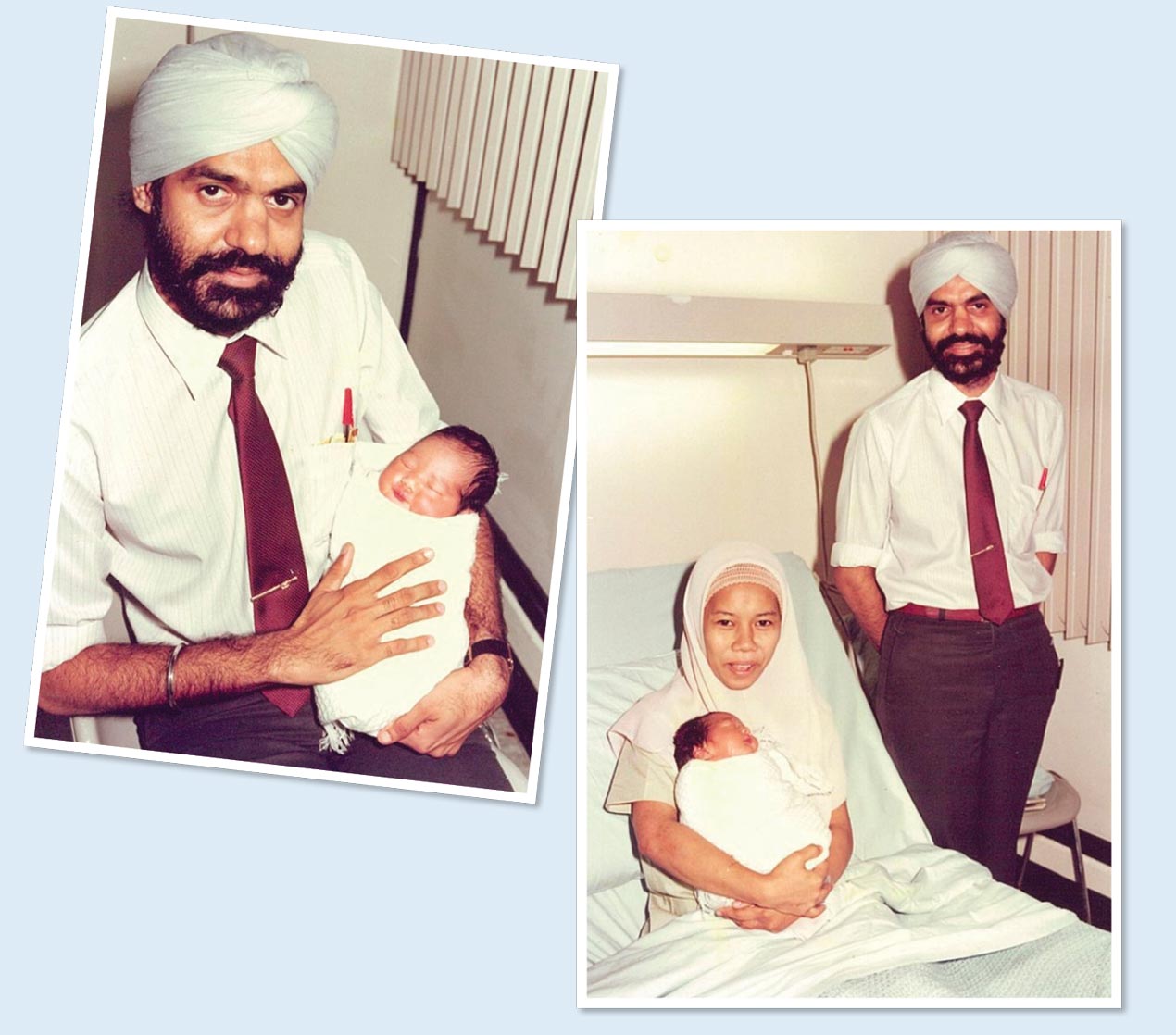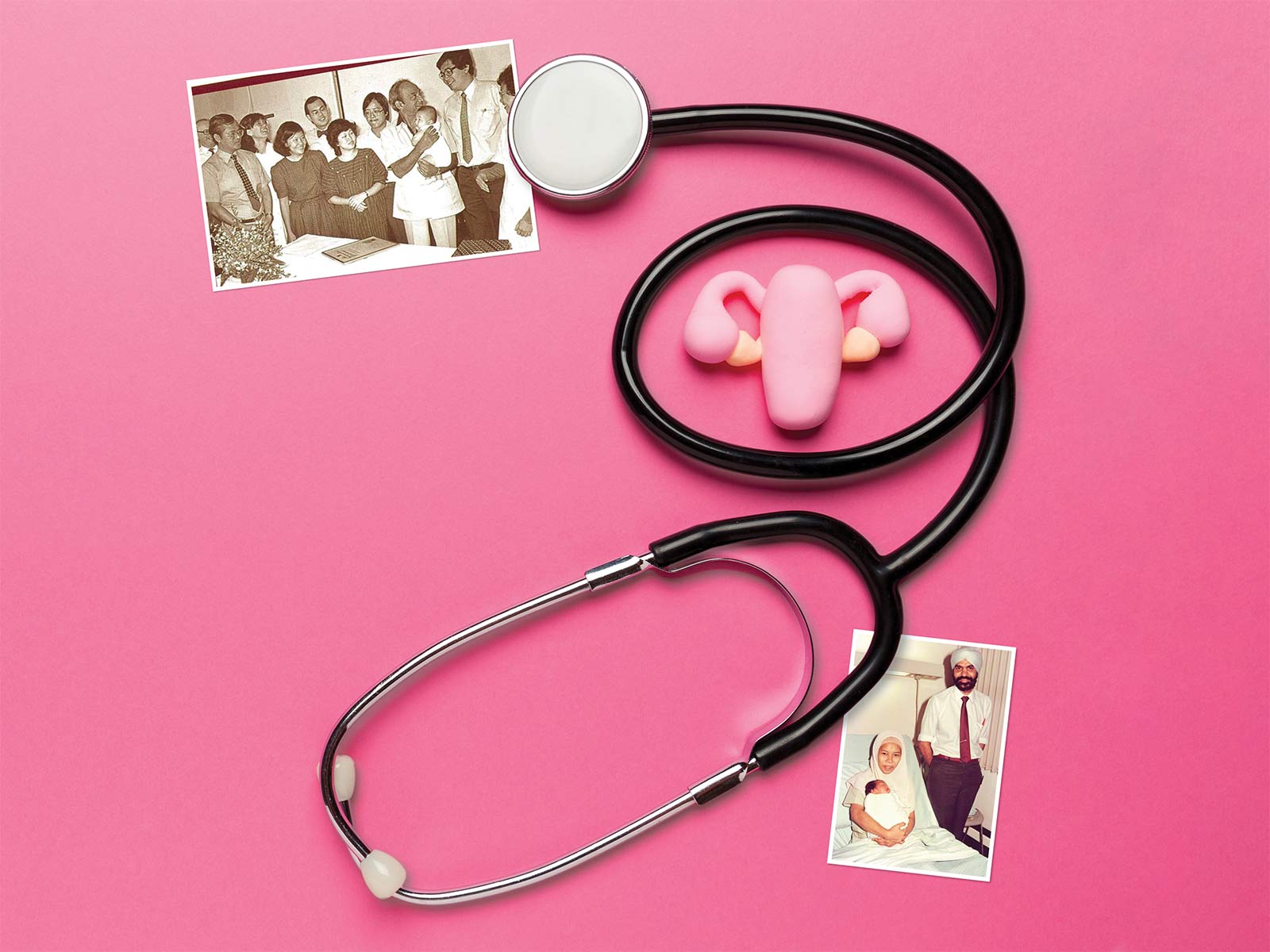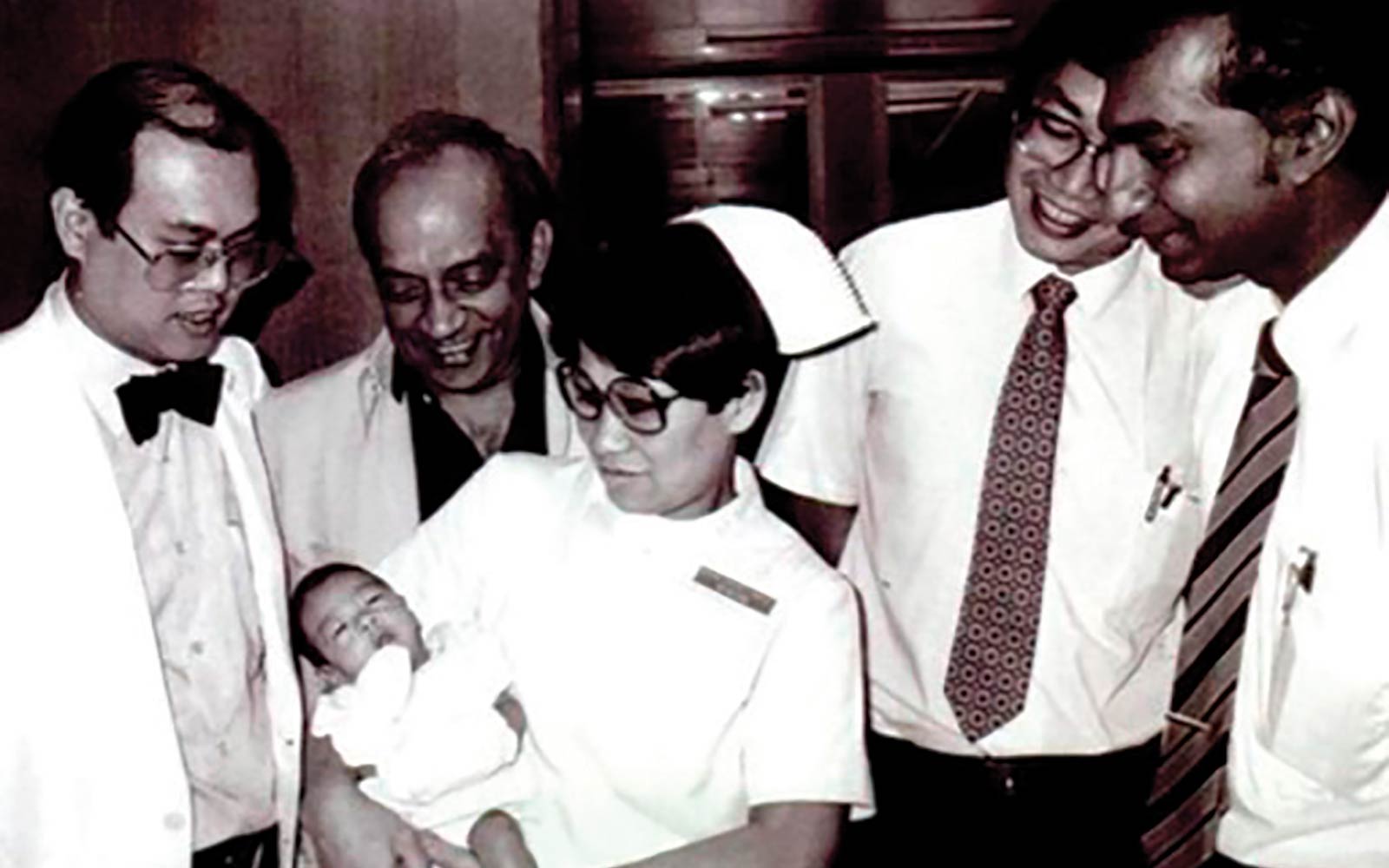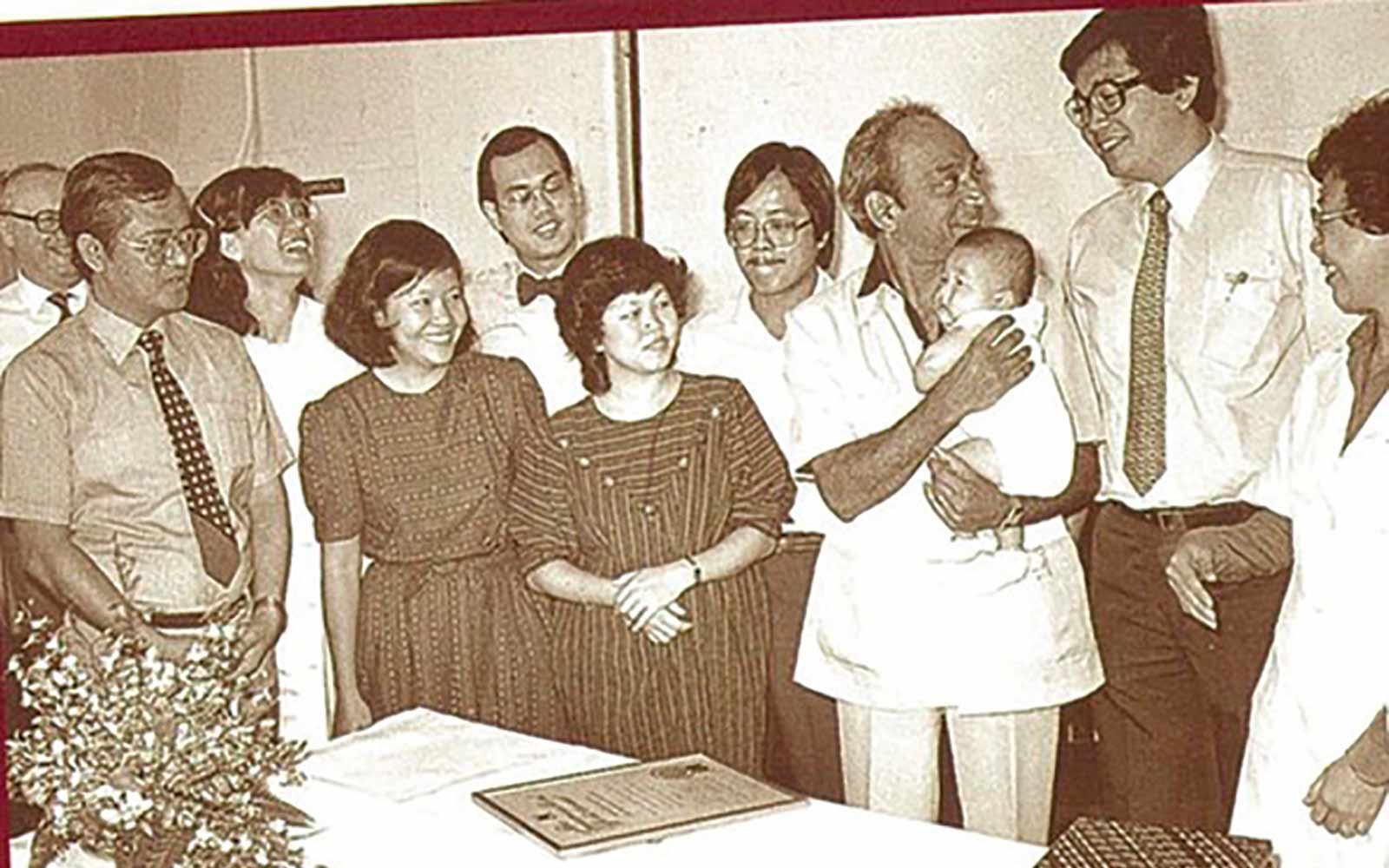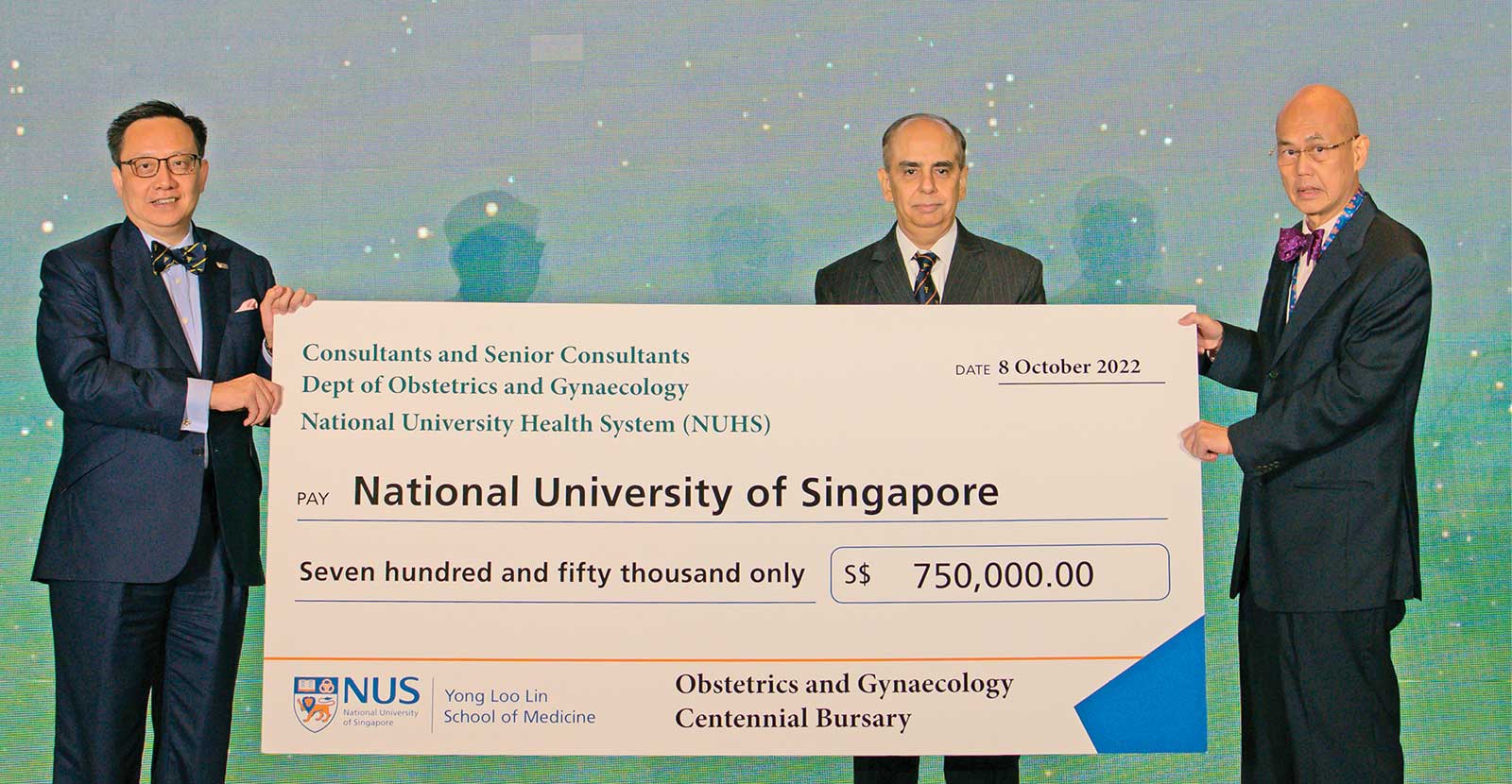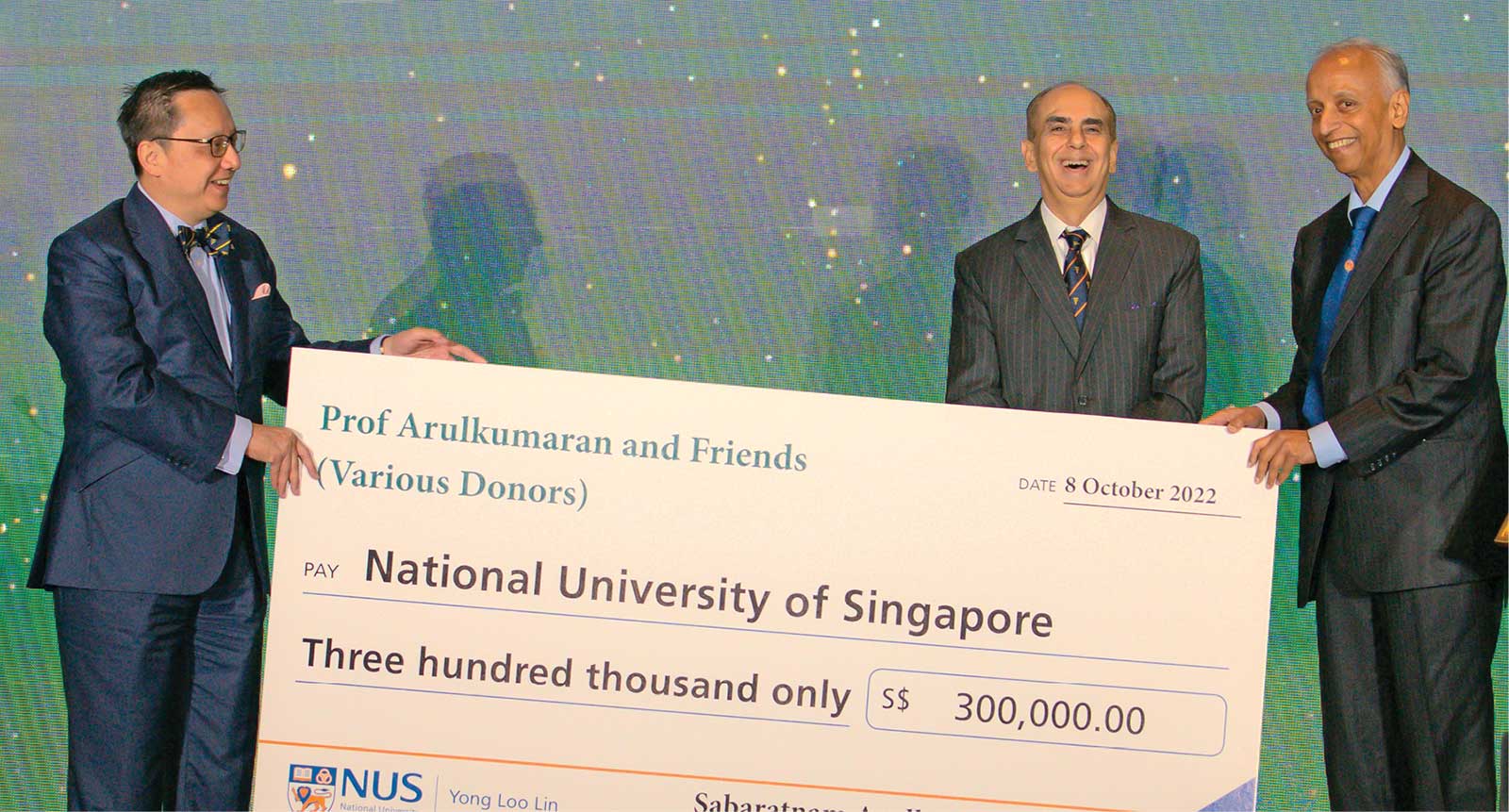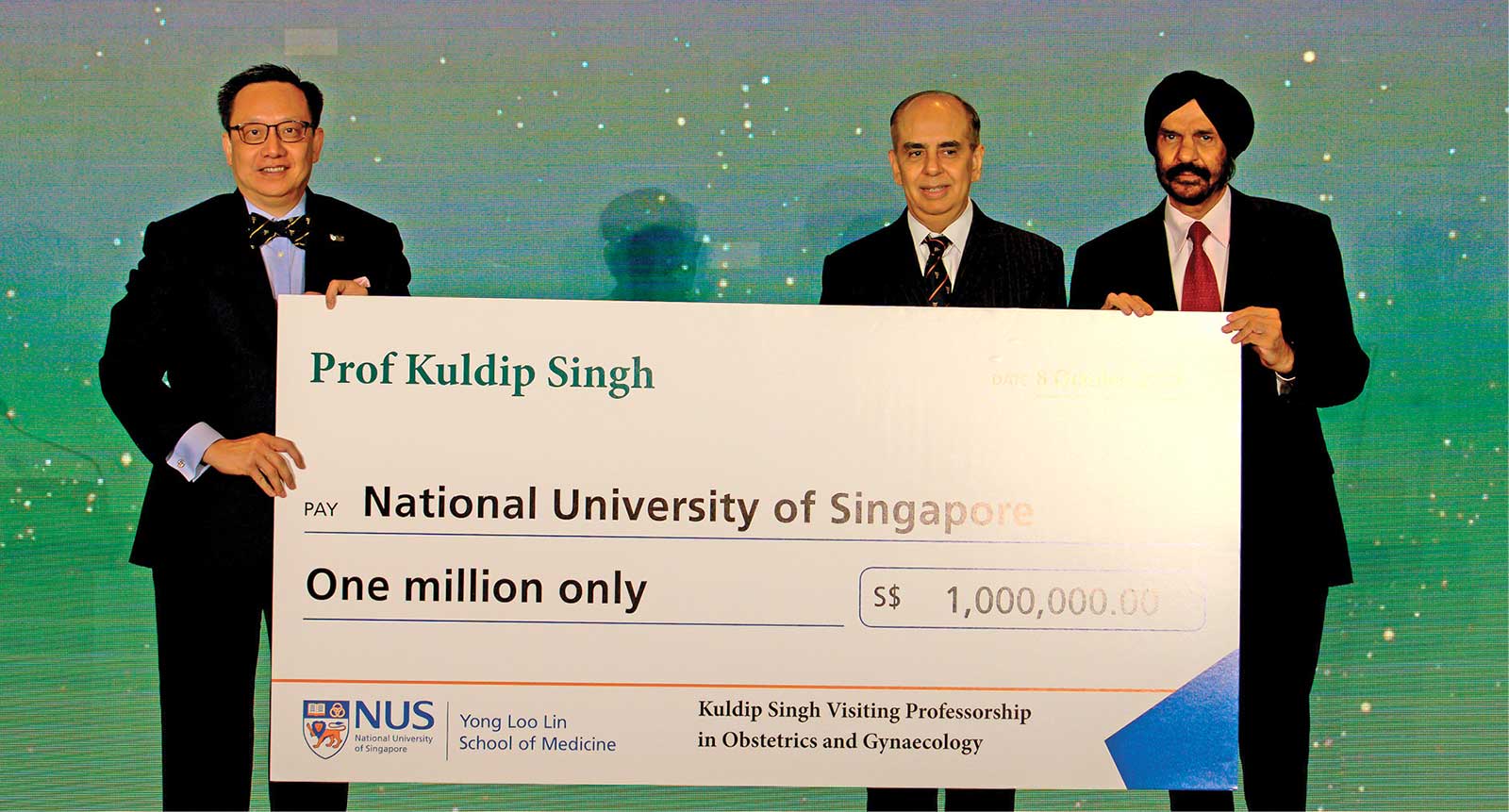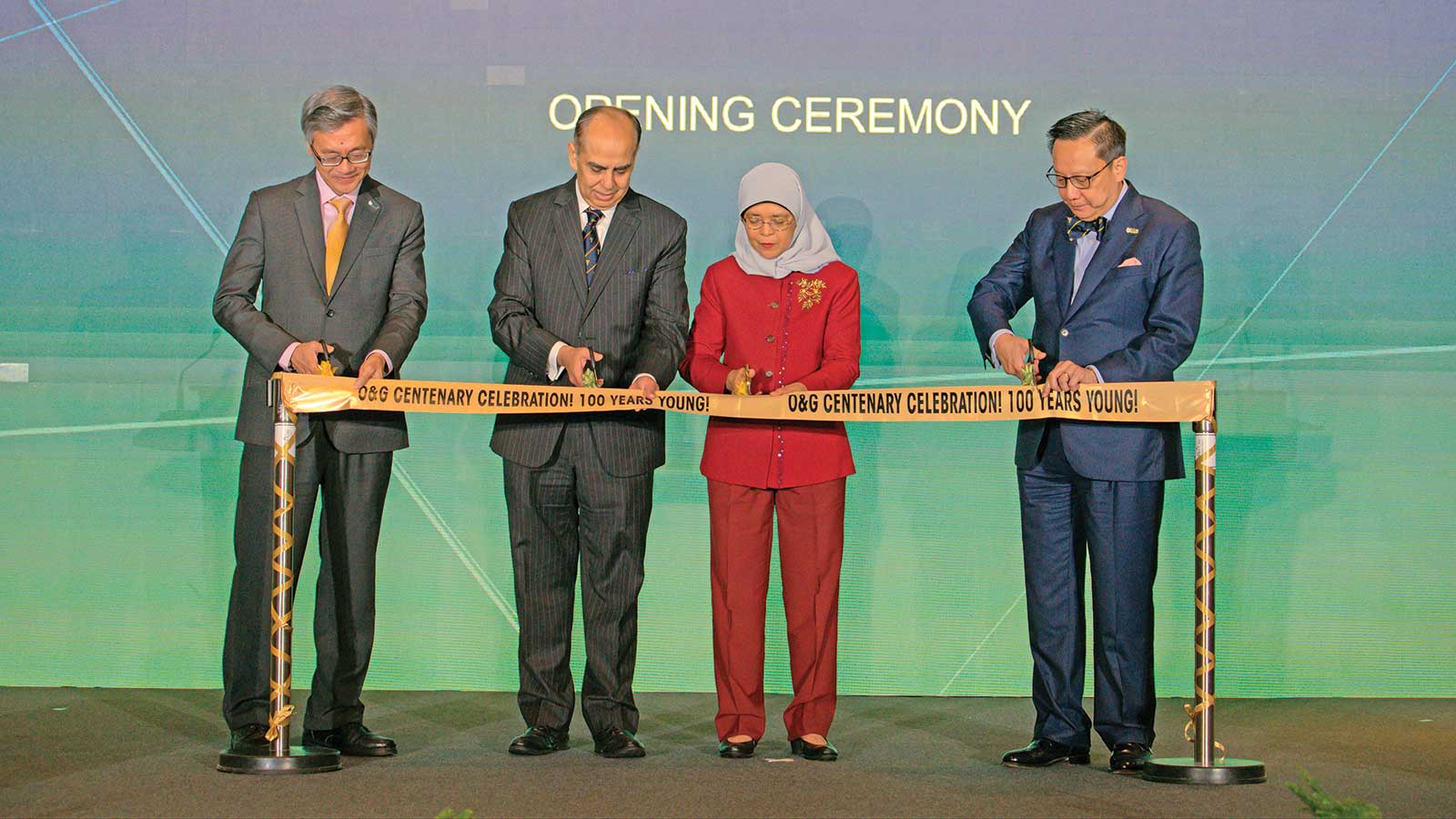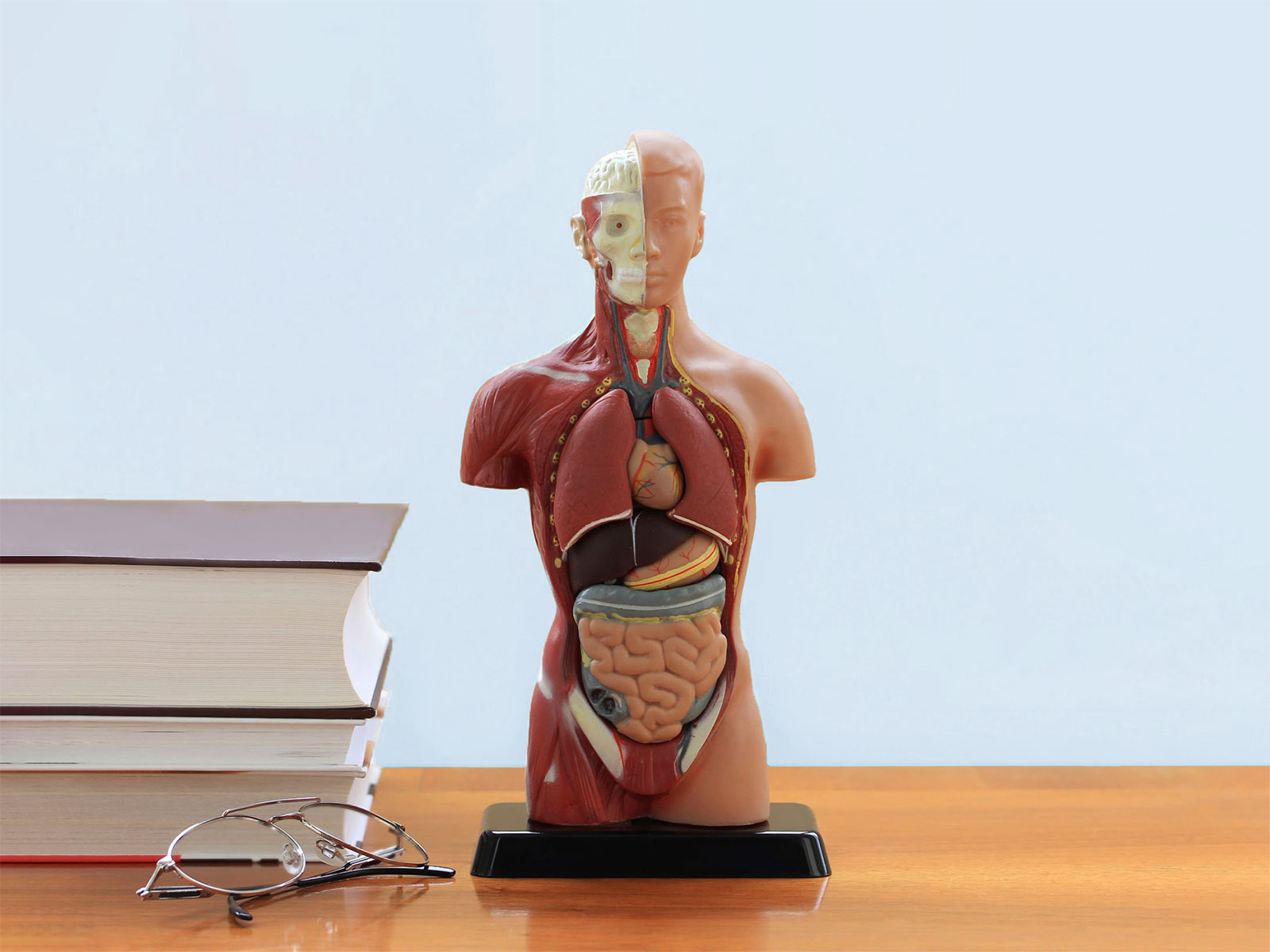This knowledge has made possible the development of new impactful technologies at the department, including rapid prenatal screening tests for chromosomal anomalies, precision therapies for cancers and other illnesses afflicting women, novel therapeutics to support healthy menopause, and the application of artificial intelligence and machine learning to obstetric care and personalised cancer therapy through the efforts of its clinicians working in tandem with scientists.
The department’s staff have been recognised for their outstanding efforts with National Day Awards for Public Administration, National Medical Excellence Awards for Outstanding Clinicians and Clinician Scientists, the Mochtar Riady Pinnacle Awards for their exemplary clinical leadership and excellence in service, research and education.
Former and current faculty have been office bearers in prominent international societies including the International Federation of O&G (or FIGO), the World Health Organization, the Asia and Oceania Federation of O&G, the Royal College of O&G in the UK, the Obstetrical & Gynecological Society of Singapore and the College of Clinician Scientists (Academy of Medicine Singapore), underlining the Department’s regional and global influence.
Professor Wong Peng Cheang (right) from the Department of Obstetrics & Gynaecology at NUS Medicine, presenting the cheque of $750,000, on behalf of the contributions of 26 consultants and senior consultants in the department, to establish the O&G Centennial Medical Bursary.
O&G Nursing has evolved in tandem, with nursing education taking great strides forward with an increasing number of O&G specialist nurses at NUH being advanced practice nurses, nurse clinicians and educators, and holding Masters of Nursing and PhDs.
Future
The Department of O&G believes strongly in investing in the next generation of care providers by developing academic fortitude and leadership. This is no easy task, as the academic medicine journey is often long and challenging. The Department has funded book prizes, awards and visiting professorships and this Centenary year sees an exceptional output in generosity as the Department unveils three new scholarships, underlining its commitment to academic endeavours.
The Obstetrics and Gynaecology Centennial Bursary will be funded by the consultants and senior consultants of the Department, to provide financial support to less economically well-off undergraduate students.
At the same time, the Sabaratnam Arulkumaran Scholarship has been created to support outstanding early-career research or clinical academics, particularly from low- and middle-income nations, to pursue a two-year research fellowship at NUS O&G. This will support academic progress and enhance collaboration and partnership between NUS, Singapore and her neighbouring institutions.
Further to the above, the Kuldip Singh Visiting Professorship in Obstetrics and Gynaecology will bring highly-regarded Professors in O&G to NUS to build research alliances and mentor young academics at the Department, promoting access to academic thought-leaders and unveiling opportunities to advance knowledge and practice.
Emeritus Professor Sir Sabaratnam Arulkumaran (right) presenting the cheque of $300,000 to establish the Sabaratnam Arulkumaran Scholarship that will go towards supporting young academic clinicians and scientists doing research work in the department.
Professor Kuldip Singh (right), senior consultant in the Department of Obstetrics & Gynaecology presenting the cheque of $1 million to establish the Kuldip Singh Visiting Professorship in Obstetrics and Gynaecology.
Exciting new collaborations are on the horizon, the newest of which is a partnership with the Semmelweis University in Budapest, commemorating Ignác Semmelweis, the Hungarian physician and researcher known as the “Savior of Mothers” for the way his teachings on hand hygiene greatly reduced maternal mortality in his era, and reflecting our shared dedication to maternal and women’s health.
The O&G Centenary Celebration Conference on 8 and 9 October showcased some of the Department’s accomplishments and highlighted an exciting future in women’s health, which has been made possible by an unrelenting dedication to clinical service by doctors, nurses and ancillary staff. The work is supported capably by a committed administration that gels the department and helps keep it focused on its deep commitment to educating and training medical undergraduates and postgraduate residents, and a top-down dedication to research and innovation taking a life-course approach.
President of Singapore, Mdm Halimah Yacob cutting the ribbon at the O&G Centenary Celebration Conference.
The conference theme, Women-Health-Life, emphasised the mission to provide exemplary service, constantly seek new knowledge, embrace innovation to improve healthcare, and educate and guide future generations of specialists. While the discoveries and innovations of the Department in the recent past embraced fertility and reproductive biology, contemporaneous and future research is strongly geared towards genetic and genomic medicine, in utero and ex utero therapies, applied artificial intelligence and biomarker discovery to enhance personalised medicine, FemTech, and robotics and space technology—yes even in the space of Obstetrics and Gynaecology.
But at the centre of it all, driving our mission, stands the woman, and by natural extension her family and her community. Our patients have and will always remain our raison d’etre.
